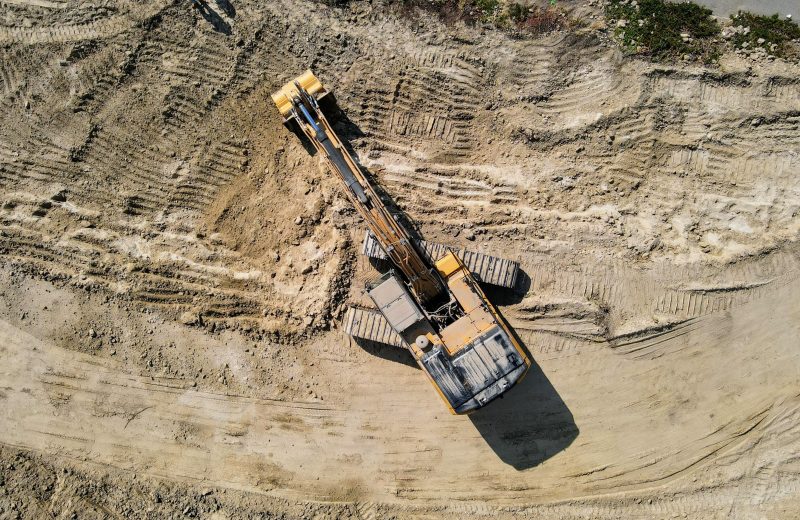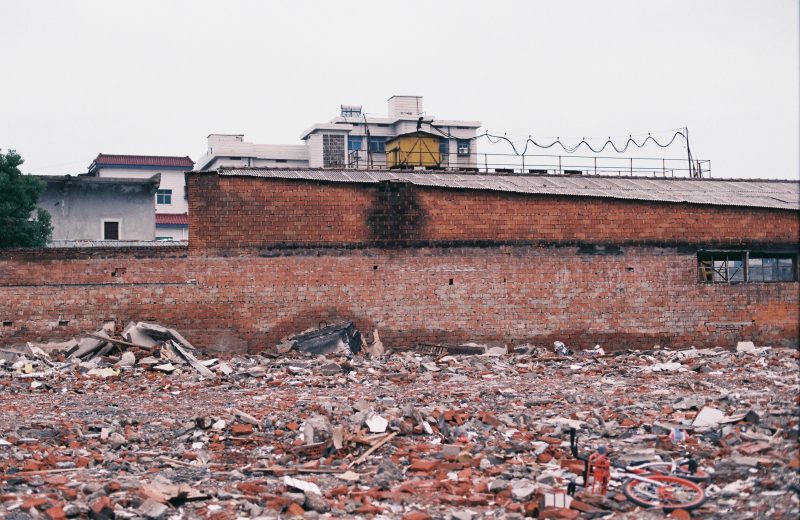Gravel is an aggregate that is produced naturally. The geological definition of gravel states that it is ‘’a natural material that consists of water-transported materials and usually has a rounded shape as a result of the water transport.’’
Gravel is sourced by straining rocks and breaking down bits of stone. This type of aggregate does not have the same strength as granite, but it is cheaper to purchase and, in many cases, more cost-effective.
When searching for aggregates used in foundations or buildings, large rocks are usually sourced, but when using gravel, it is typically screened with only smaller pieces in mind for use.
Gravel, specifically, is often used for making foundations and concrete, making it the perfect resource for road construction purposes.
What are the most common types of gravel?
Pea gravel: Pea gravel is often used in fish tanks, swimming pools, walkways and other places where foot traffic is regular or small gravel is required. It is some of the smallest gravel – typically half an inch or smaller in size.
Bank gravel: Bank gravel is used to fill low spots or provide a surface for concrete. It’s created from a mixture of large and small natural gravel with clay and sand.
River rock gravel: River rock is a larger rock than pea gravel and is typically used for decorative purposes. Due to its bigger size, it is less comfortable to walk on in comparison to pea gravel, so you will often see river rock used in aesthetic situations such as driveways, lining a walkway, lining ponds or in flower beds.
Crushed stone: Crushed stone is usually made up of either limestone or dolomite. Due to its sharp edges, it’s most often used as an aggregate for concrete.
Crushed granite: Crushed granite is composed of crushed pieces of rock usually sourced from quarries or rock that has naturally eroded and is mostly used to create more natural-looking driveways as an alternative to using asphalt.
What can you use gravel for?
Gravel is an aggregate that can be used for both functional and decorative purposes. Varying in size, shape and colour, gravel can be the main decorative piece in a garden, function as drainage in soil or simply complement another feature.
There is a lot you can do with gravel, it can be used as:
- A water drainage solution
- Mulch substitute
- A base for a patio
- Driveways
- Pathways
- Rockeries
- Pebble dashing
- Base layer under tarmac
- A decorative piece surrounding water features/swimming pools/ponds
- Decorative borders
The benefits of using gravel
Gravel is a highly durable aggregate that rarely gets affected by any weather conditions. In comparison to many other garden surfaces, gravel does not require any looking after such as mowing or watering and it also does the job of suppressing weeds. For drainage woes, gravel can put your mind at ease due to the fact it cannot retain water, so it provides many natural drainage benefits.
Considering it can be used for numerous purposes such as driveways, borders, walkways, decorative pieces and more, gravel is a multifunctional, versatile solution when you are looking for a garden revamp that is both visually appealing and practical.
Your decorative gravel checklist for the perfect summer garden
Decorative gravel calls for a more professionally pleasing finish with minimal upkeep and a cost-effective price. If you are looking for a garden that looks pristine without the additional responsibilities of maintenance, gravel is a perfect choice. There are several steps you should take when laying gravel in your garden:
Clear The Garden
Before you get started, the area where you will be laying the gravel must be clear. It is also crucial that you focus on removing any deep-rooted weeds to ensure that your garden remains tidy and weed-free.
Level the area
After removing weeds and any other impediments, level out the area by using a rake to remove any small lingering items, such as leaves or rocks. Once you have a smooth and level surface, you can begin the process.
Reduce weeds and create space for plants
Using a weed control membrane will help prevent weeds from returning. If you are intending to add plants to a gravelled area, you will need to plan exactly where you want to place them to avoid mess.
Lay the gravel!
For the best depth and coverage, it’s advisable to lay the gravel to a depth of 40-50mm, all depending on the size of gravel rocks you decide to use. After you have laid the gravel, use a rake to create an even and tidy finish.
Are you looking to use gravel for your next project? K&B Crushers are the complete concrete crushing solution. We have over 25 years of experience in concrete crushing. All our recovered and reclaimed aggregates are treated using advanced processes and material screening techniques to exactly match your requirements. Get in touch today.



